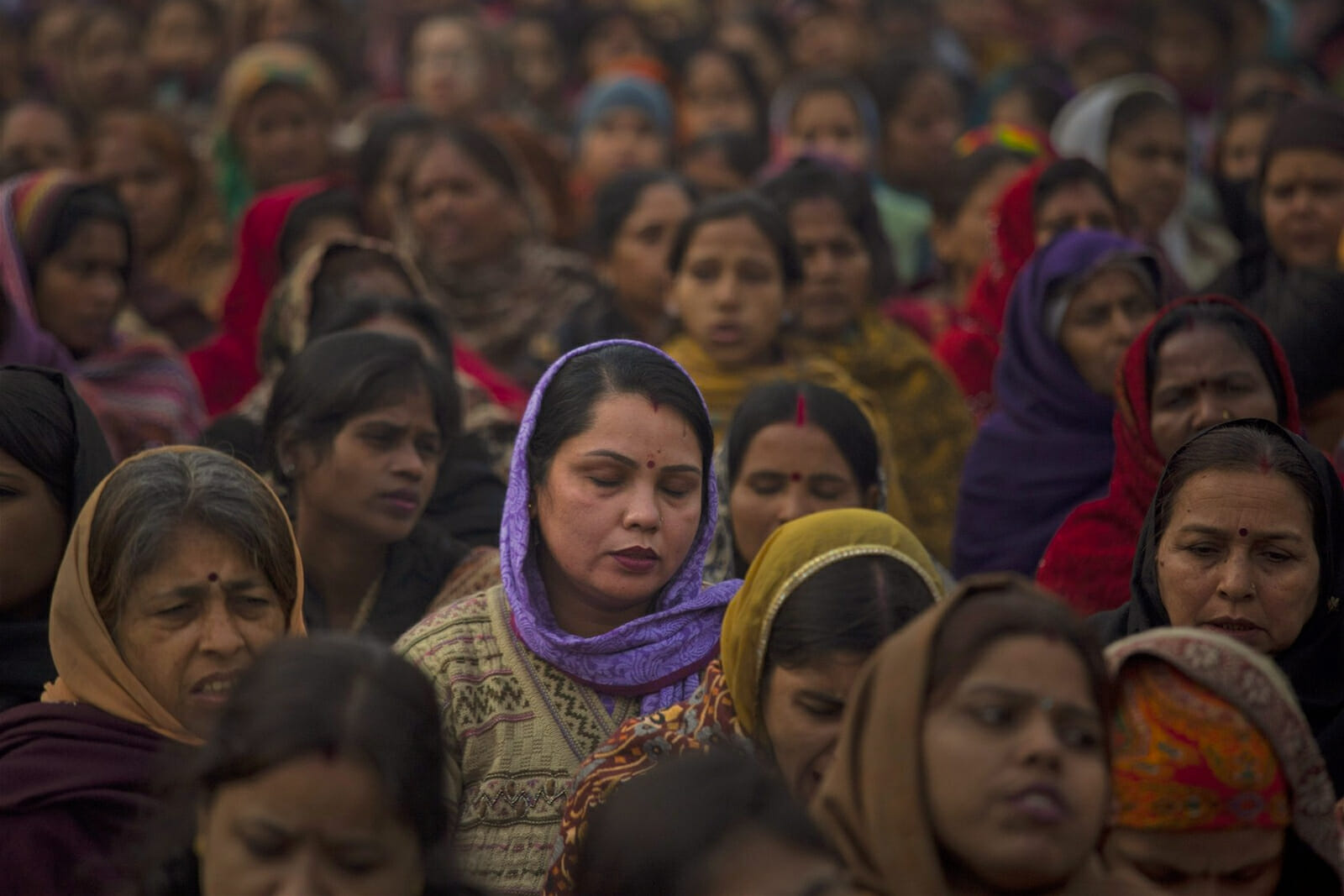
Culture
A Day to Shed Light on and Celebrate the Importance of Women in Global Society
Back in 1945, the United Nations had the foresight and vision through the signing of its Charter to recognize and focus upon the principle of equality of men and women. It became the first international agreement to do so. In 1975 the UN celebrated the first International Women’s Day (IWD) on March 8. IWD came to light because of the efforts of the labor movements in North America and Europe. The day became official in 1977 with the passage of a General Assembly resolution pronouncing this day to be a UN Day for Women’s Rights and International Peace.
Through the years, the day has taken on added global significance as it shed light on the inequities in the international system for women politically, socially, culturally, and economically. It is a day to build support for women across the world.
One document that seeks to remedy the plight of women globally is the 2030 Agenda for Sustainable Development adopted in 2015 as the successor to the Millennium Development Goals (MDGs). It is comprised of 17 Sustainable Development Goals (SDGs). Gender equality and women’s empowerment is key to the success of the SDGs. Several of the SDGs point directly to the importance of the role of women in society, including SDG 3: Good Health and Well-Being; SDG 4: Quality Education; SDG 5: Gender Equality and; SDG 10: Reduced Inequalities.
The 2019 theme of International Women’s Day is: “Think Equal, Build Smart, Innovate for Change.” This year’s theme ties in perfectly with what the SDGs hope to accomplish. In addition to the ambitious “Planet 50-50 by 2030” agenda, this year’s focus emphasizes thinking “outside-the-box.” Specifically, developing “innovative approaches that disrupt ‘business as usual” which is vital to “ensuring that no woman and no girl is left behind.”
In the areas of science, technology, engineering, and mathematics, the gap between men and women remains large and closing this gap needs to be given high priority. Women must have the ability to have their voices and ideas heard in order to transform “future societies.” In this vein, IWD 2019 will look to many sectors of society, including private industry and business start-up ventures to speed the process of gender equality.
There is no doubt there is work to be done if we are to achieve the gender balance which the 2030 Agenda seeks to accomplish. If one is skeptical as to why we need an International Women’s Day, one does not have to look further than the statistical reporting on this issue. It provides the evidence. For example, thirty-three percent of women globally have experienced some form of physical violence in their lifetime. Each minute 6 women are threatened with female genital mutilation (FGM) and every 2 seconds a girl under the age of 18 is married. These figures heighten the motivation that the global community needs to pressure governments who allow for such behavior to continue.
IWD is a day, not only to highlight the progress women have made but also to educate global citizens regarding the injustice and indignity women continue to suffer in many nations. The respect of women and their rights is at the heart of IWD. The cultural beliefs many nations espouse allow for the continuation of such atrocities.
In 2005, the late UN Secretary-General, Kofi Annan, delivered remarks at the forty-ninth session of the Commission on the Status of Women marking the 10-year review of the Beijing Conference and Platform for Action. He said: “…study after study has taught us that there is no tool for development more effective than the empowerment of women.” Moreover, he added, that “…women themselves have the right to live in dignity, in freedom from want and from fear.”
No more eloquent words could have been spoken to encapsulate the central focus of IWD. It is imperative now that all of us take them to heart and speak out when we see injustices being perpetrated upon women and girls around the world.

